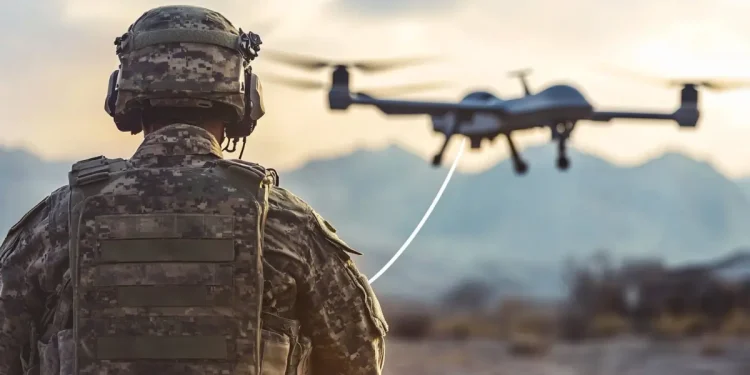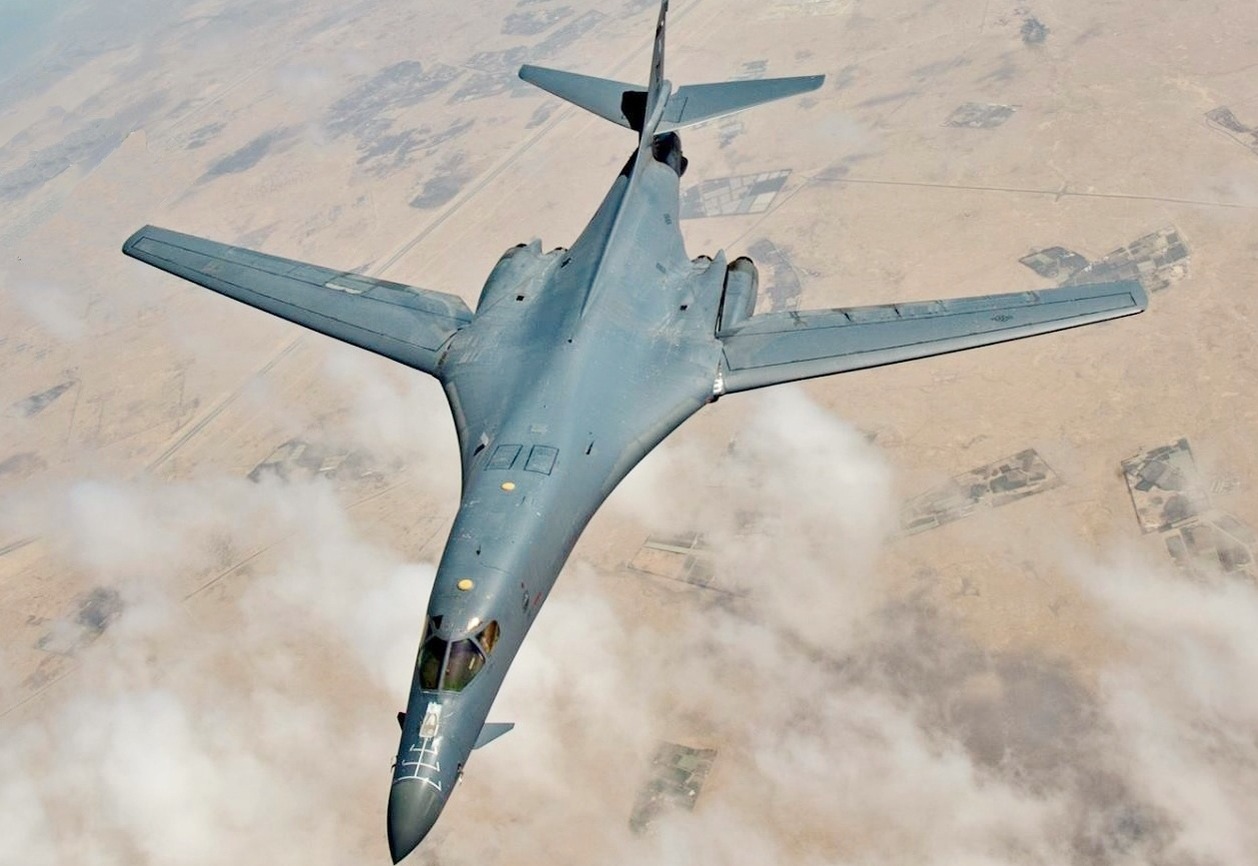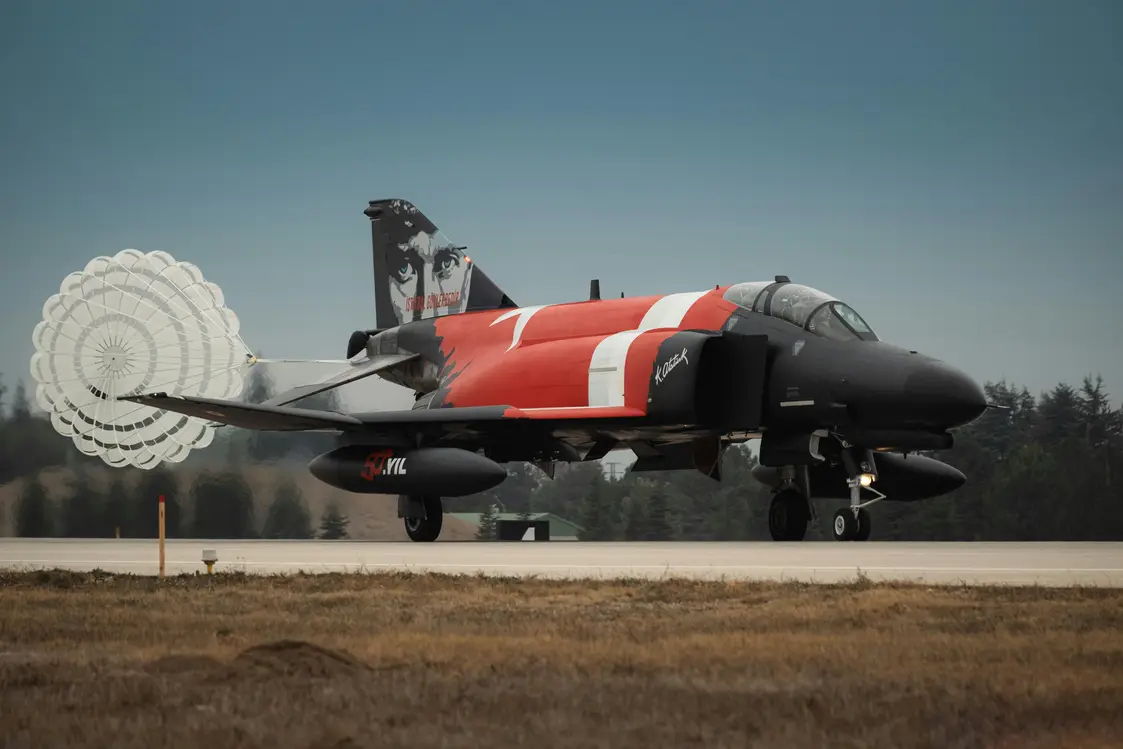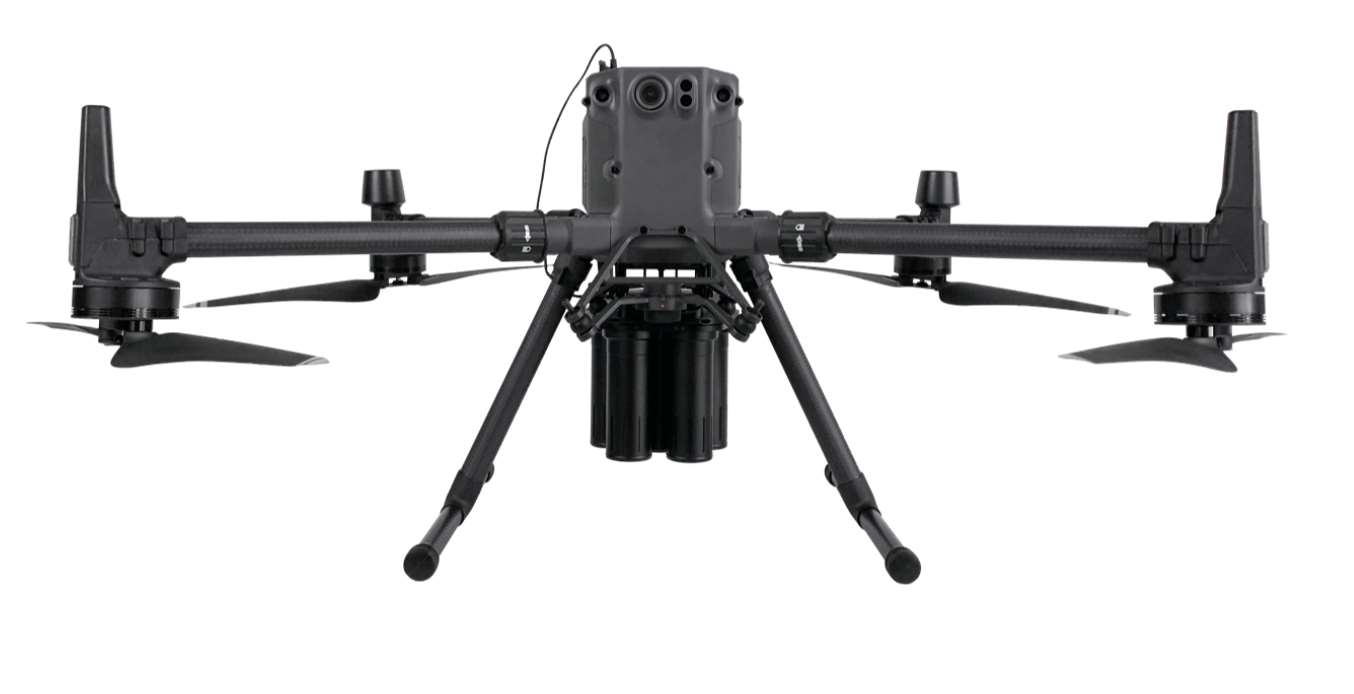Unveiling the Potential of Fiber-Optic Technology in Modern Warfare
The advancements in drone technology have been nothing short of revolutionary in recent years, with fiber-optic connections leading the charge as a game changer on the battlefield. These innovations have transformed traditional tactics and strategies, offering unprecedented capabilities to military forces.
The Role of Fiber-Optic Drones
Fiber-optic technology has significantly enhanced communication abilities in drones. By replacing traditional radio-frequency signals, which can be intercepted or jammed, with secure, high-capacity fiber-optic cables, drones can now transmit data with increased reliability and speed. This change ensures a stable and secure line of communication, which is crucial during missions where every second counts.
What makes fiber-optic drones particularly advantageous is their ability to remain undetected while delivering high-resolution, real-time video and data to command centers. This stealth capability is enhanced by their minimal electronic emission profile, reducing the likelihood of detection by enemy forces.
Technical Specifications and Features
| Feature | Detail |
|---|---|
| Data Transmission Speed | Up to 100 Gbps |
| Communication Range | Up to 500 kilometers with cable support |
| Payload Capacity | Varies from 50kg to 300kg |
| Stealth Features | Low electronic emission, silent operation |
Enhancing Battlefield Communication
One of the outstanding benefits of fiber-optic drones is the ability to maintain communication integrity over extensive distances and through complex environments. Unlike traditional drones, these advanced machines do not suffer from latency issues or signal degradation over long-range missions. The fiber-optic cables provide almost instantaneous data transmission, ensuring that command decisions are informed and timely.
Operational Security
The security benefits of fiber-optic communication cannot be overstated. With the growing risks of electronic warfare, the military’s reliance on non-jammable communication lines becomes essential. Fiber-optic cables are exceptional in maintaining data integrity, preventing adversaries from intercepting or disrupting mission-critical information.
Tactical Advantages on the Battlefield
Fiber-optic drones are not just about superior communication. They bring a wide array of tactical advantages that are transforming the battlefield. These drones can remain airborne for extended periods, providing persistent surveillance and reconnaissance.
Precision and Accuracy: The clarity and resolution of images and data transmitted via fiber optics enable more accurate strikes and better assessment of enemy positions, minimizing collateral damage and enhancing mission success rates.
Ground Troops Support
Providing real-time intelligence to ground troops enhances their situational awareness, giving them a strategic edge. This support reduces the risks faced in hostile environments by allowing for informed and rapid response strategies.
Implications for Future Military Strategies
The integration of fiber-optic technology in drones is set to redefine future military strategies. The increased data security, communication reliability, and operational scope these drones offer are invaluable. Military planners are now able to conceive strategies that leverage these technological advances for maximum advantage.
As armed forces worldwide further explore and invest in this technology, their combat readiness and strategic capabilities are expected to see a significant leap forward. This growth will inevitably lead to a shift in power dynamics on a global scale, emphasizing the importance of technological superiority in modern warfare.
Despite the current advantages, the transition to fiber-optic drones also necessitates significant training and adaptation within military personnel to fully capitalize on these capabilities. The scope of intelligence and data these drones can collect requires skilled analysis and quick decision-making to leverage the full potential.
Investing in Future Technologies
As with any technological leap, investment in infrastructure, research, and development is crucial for sustaining growth. Military forces around the world are earmarking budgets to not only adopt fiber-optic drones but also to build the necessary support systems and personnel training programs to ensure their effective use.
The future battleground will certainly see an increased presence of drones equipped with cutting-edge technology, creating challenges and opportunities for those in defense planning and execution roles.









